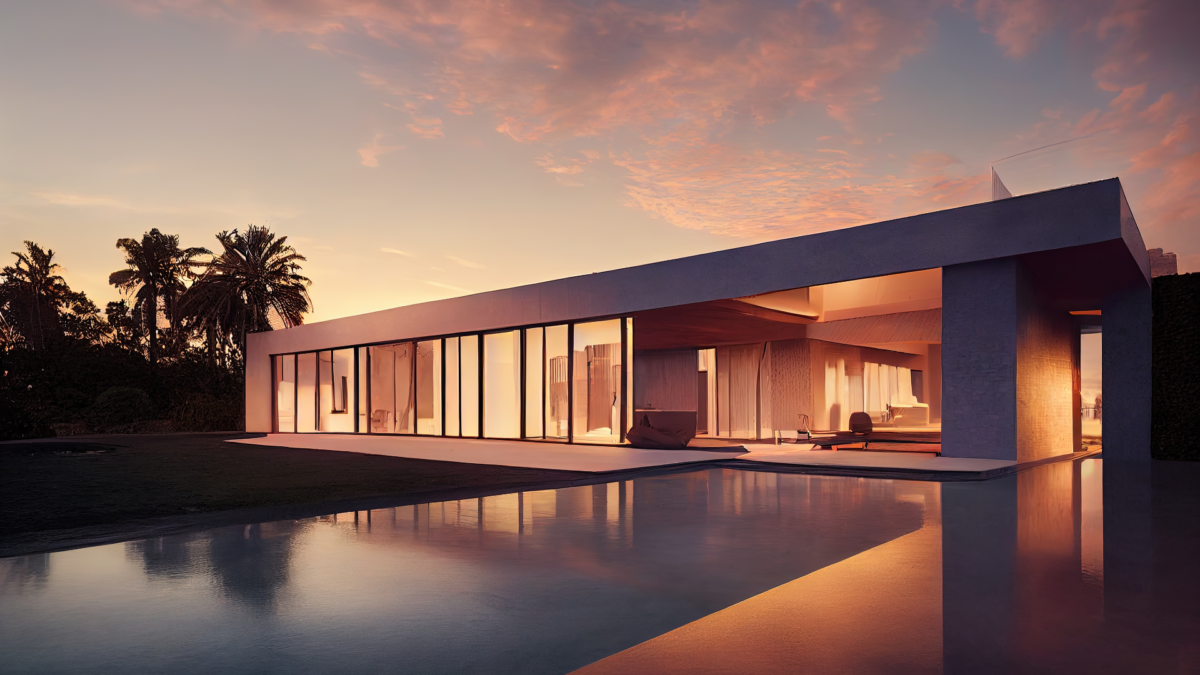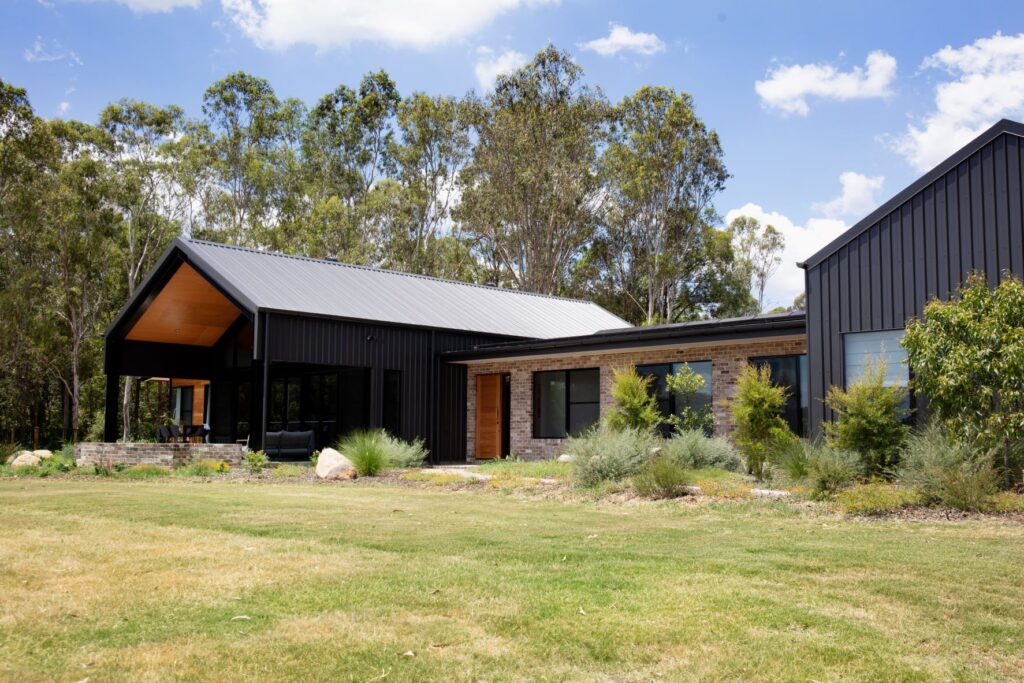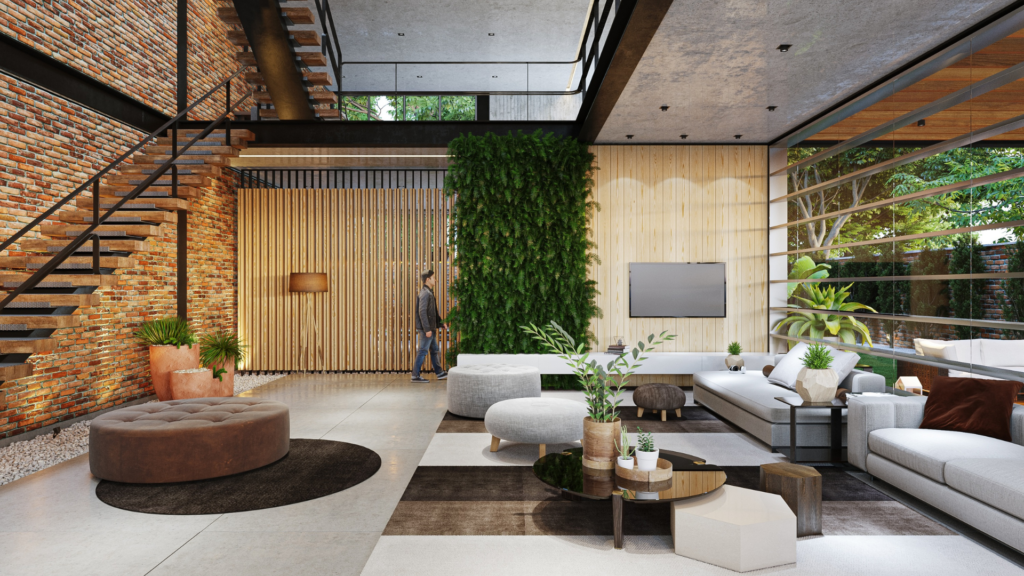Embarking on a construction or renovation project can be an exciting but daunting journey. Whether you’re building your dream home, revamping your workspace, or designing a commercial property, the success of your project largely depends on the team you assemble. One of the smartest decisions you can make is to collaborate with an architect, interior designer, and builder from the very beginning. Here’s why this integrated approach is a game-changer for your project.
1. Seamless Collaboration and Communication
When an architect, interior designer, and builder are involved from the outset, they work as a cohesive team. This ensures clear communication and alignment on goals, design intent, and execution. Everyone is on the same page, reducing the likelihood of misunderstandings and ensuring that the project flows smoothly.
For example, the architect’s vision can be effectively translated into functional and aesthetically pleasing interiors with the input of the interior designer. Meanwhile, the builder provides practical insights on construction feasibility and cost considerations. This synergy minimizes conflicts and revisions, saving time and money.
2. Holistic Planning
An early collaboration allows the team to address every aspect of the project holistically. Architects focus on structural design and spatial planning, interior designers refine the details to create functional and beautiful spaces, and builders ensure that the design is practical and constructible.
This comprehensive planning ensures that no detail is overlooked. From selecting materials to optimizing layouts and ensuring structural integrity, the team works together to deliver a cohesive and well-executed result.
3. Cost Efficiency
Engaging all key professionals from the beginning helps you stay within your budget. The team can collaboratively identify cost-saving opportunities without compromising quality or design. Builders can provide accurate estimates during the design phase, helping architects and interior designers make informed decisions.
Moreover, this approach reduces the risk of costly changes during construction. Potential issues can be anticipated and resolved during the planning stage, preventing expensive delays and redesigns.



